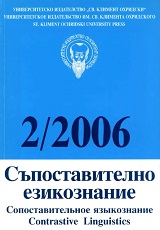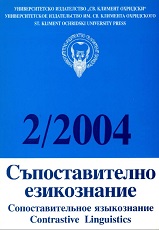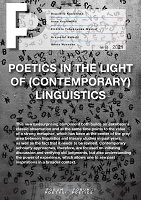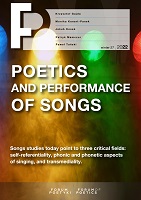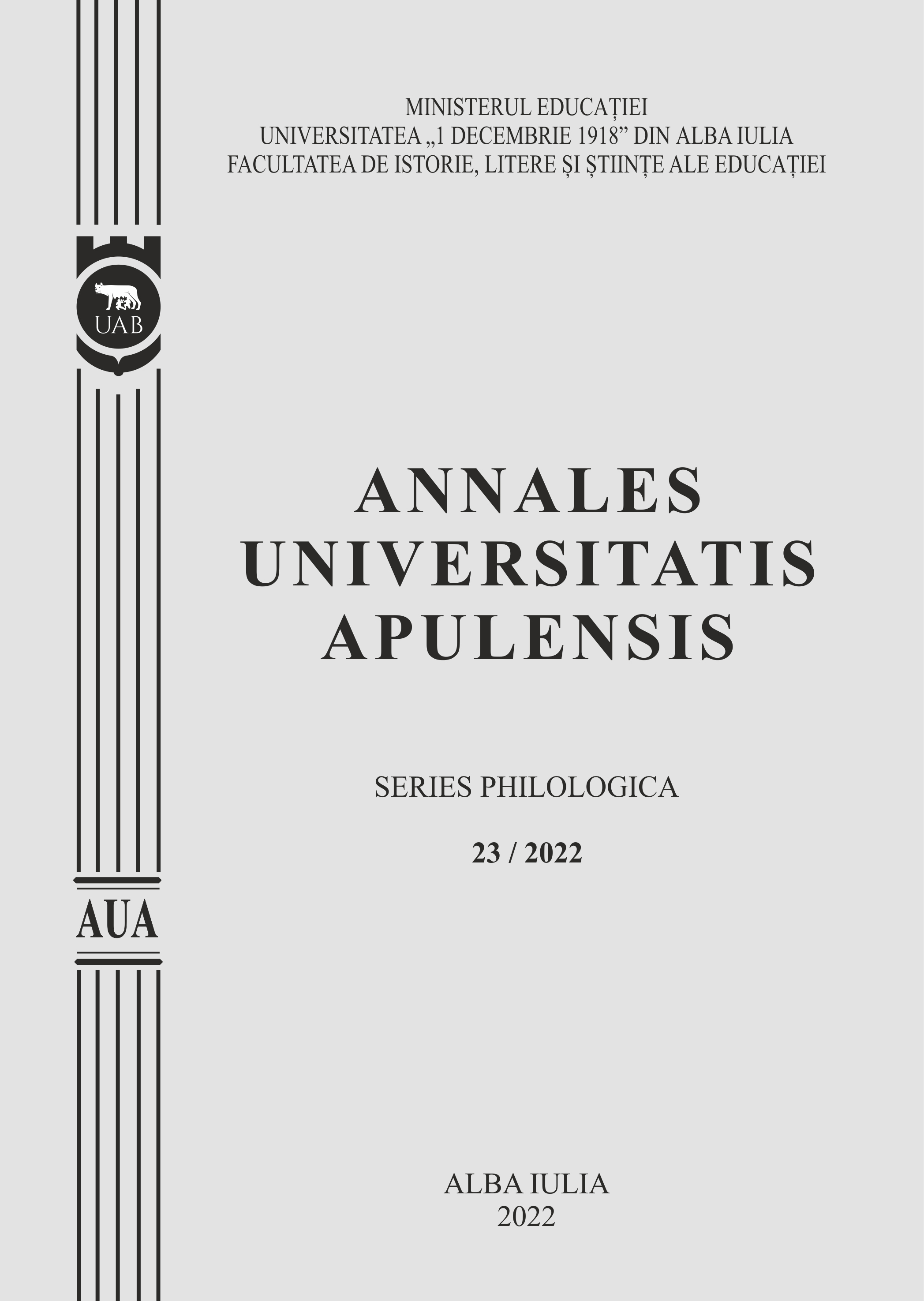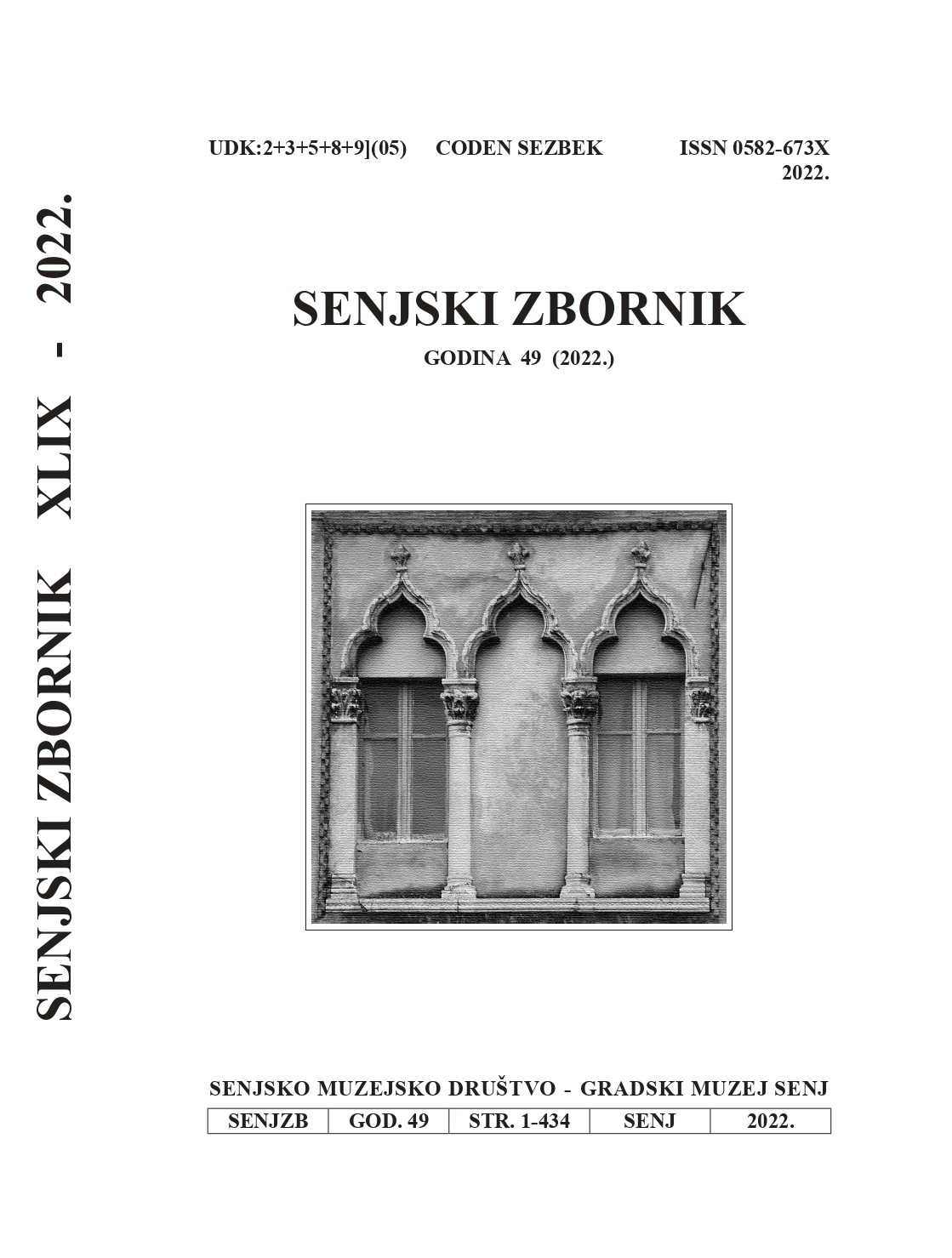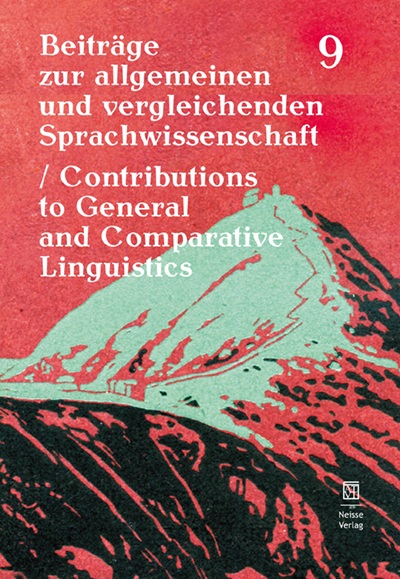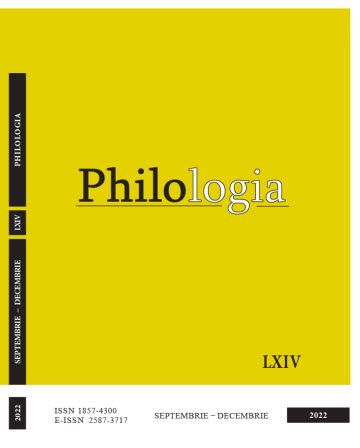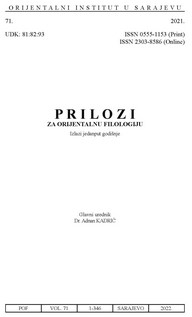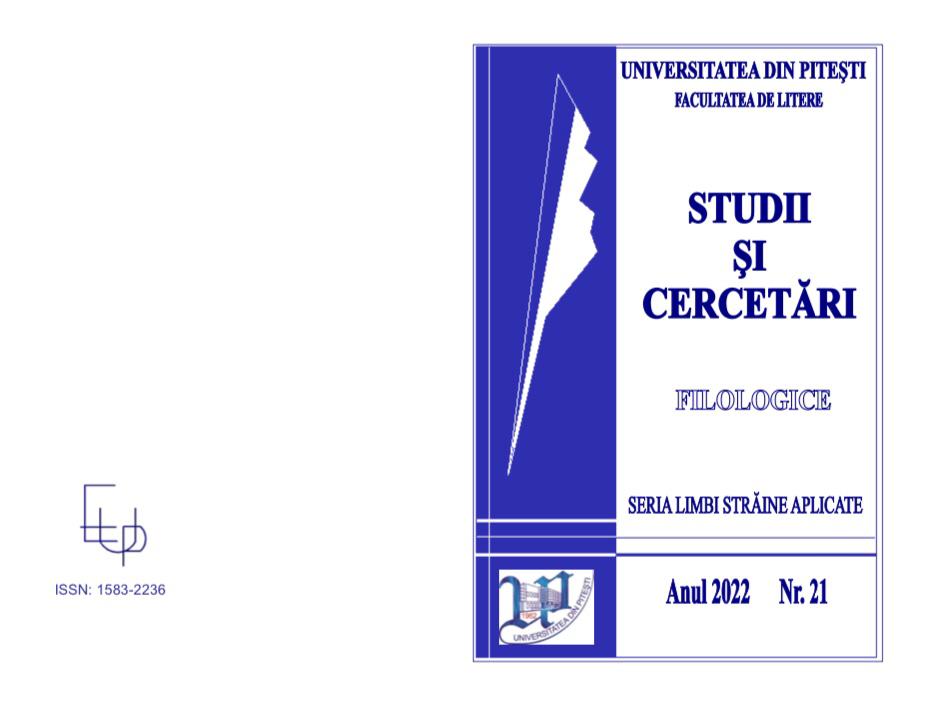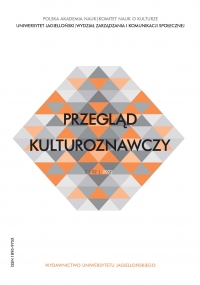Tammsaare aga-ometi
A. H. Tammsaare was drawn to the musical tonality of prose. Importantly though, he did not wholeheartedly embrace sound patterning as a mode of writing. Rather, he preferred a semantic widening of ordinary language within a comprehensively holistic „spherical music”. Still, in his novels, we can detect a deliberate use of rhythmic motion also in sentences. This is evident primarily in the wealth of lexical and syntactic repetitions resulting in a parallelism of patterns. An obvious, although discreet rhythmic design emerges in the thesis-antithesis-synthesis parataxis whose core words are the adversative and coordinating conjunction aga (‘but’) and the integrative ometi (‘yet’). The frequency with which these bound conjunctions occur in Tammsaare’s case surpasses that of ordinary speech by about four times, and it is twice as high as the statistical mean for literary texts. One might call this expressive of an epic but-mantra, a prose-poetic but-meter, or a narrative polysyndeton, and, from a philosophical point of view, a but-dialectic. Whenever a reader fails to appreciate Tammsaare’s underlying tone and does not discern the emotional flow of longing scepticism that issues from his dyadic-triadic chains, this pervading, yet inconspicuously arguing textual mode may seem unduly pretentious. Indeed, there is nothing to prevent a prose text from featuring a poetic style that is rooted in a poetry-like, paradigmatic parallelism as the poetic principle of formal and semantic equivalence.
More...

